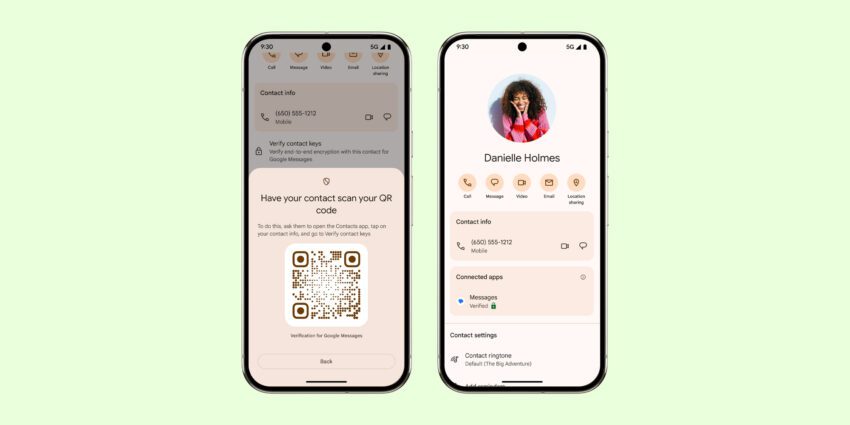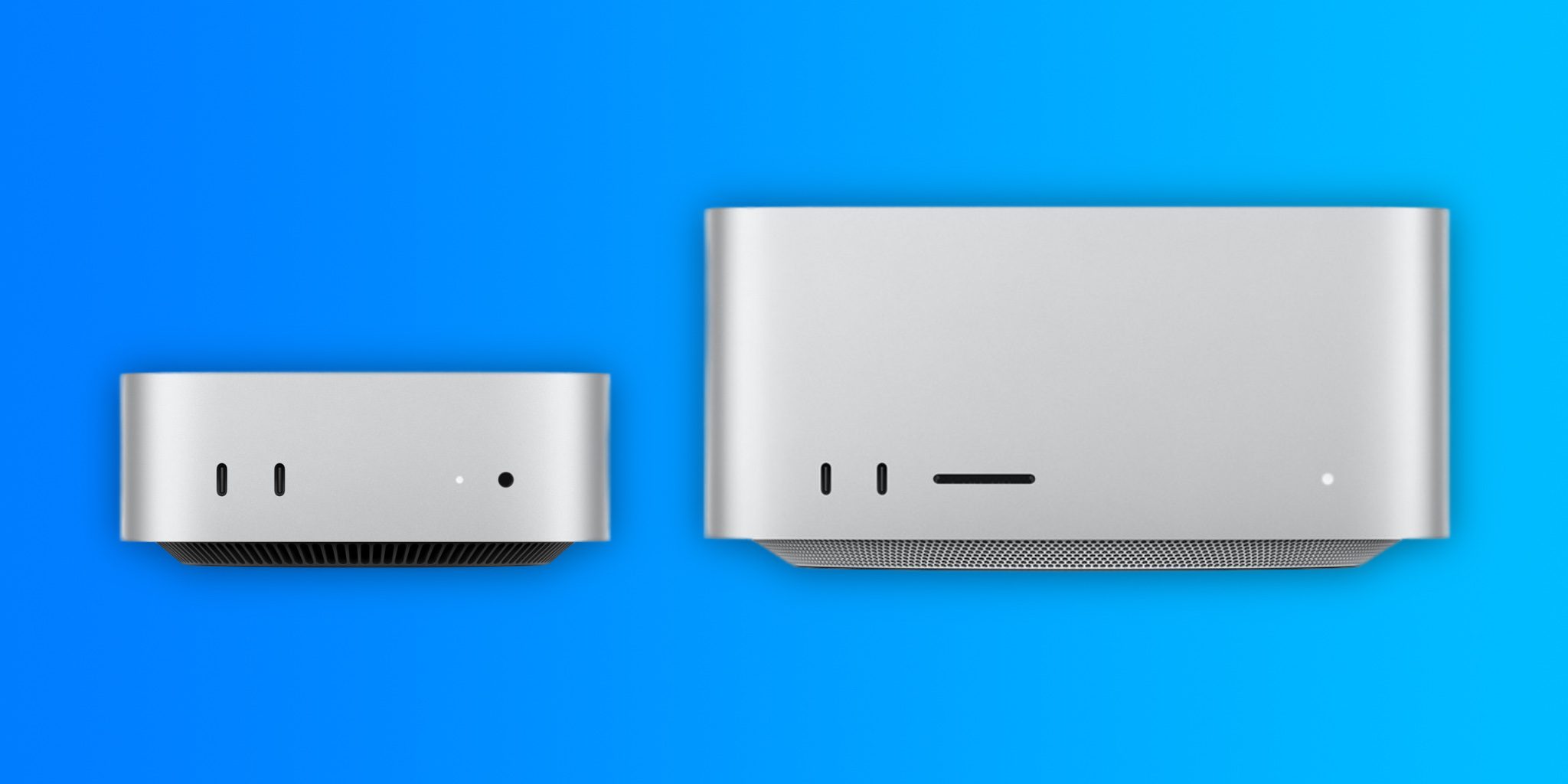
Google Messages is now implementing a QR code-based key verification feature aimed at enhancing user security during conversations.
Introduction to QR Code Key Verification
In an era where digital communication is integral to personal and professional interactions, security remains a paramount concern. Google Messages, the messaging platform developed by Google, is taking significant steps to bolster user safety. Following a preview last year, the company has officially begun rolling out a QR code-based key verification feature. This new functionality is designed to ensure that users can confirm they are communicating with the intended recipient, thereby mitigating the risks of impersonation and unauthorized access.
Understanding the Feature
The QR code key verification feature is a part of Google Messages’ ongoing efforts to enhance its security protocols. By utilizing QR codes, users can verify the identity of their conversation partners quickly and efficiently. This process is particularly beneficial in scenarios where a user may be communicating with someone they have not interacted with before or in group chats where multiple participants are involved.
How It Works
To use the QR code verification, both parties in a conversation must have the feature enabled. Here’s a step-by-step breakdown of the verification process:
- Initiate Verification: One user sends a request for verification to the other party.
- Generate QR Code: The sender’s device generates a unique QR code that encapsulates their verification key.
- Scan the QR Code: The recipient scans the QR code using their device’s camera or a QR code reader integrated into the Google Messages app.
- Confirmation: Once scanned, the verification key is validated, confirming the identity of the sender.
This streamlined process reduces the chances of miscommunication and enhances the overall trustworthiness of the platform.
Significance of Enhanced Security
The introduction of QR code key verification comes at a time when concerns over privacy and security in messaging apps are at an all-time high. With the rise of phishing attacks and impersonation scams, users are increasingly seeking ways to protect their conversations. Google Messages aims to address these concerns directly by providing a robust verification method that is both user-friendly and effective.
Stakeholder Impact
The rollout of this feature is significant for various stakeholders:
- Users: The primary beneficiaries of this feature are the users themselves, who can engage in conversations with greater peace of mind.
- Businesses: Organizations that rely on Google Messages for communication can enhance their security protocols, thereby protecting sensitive information and maintaining customer trust.
- Developers: The introduction of this feature may encourage third-party developers to create complementary applications or services that further enhance messaging security.
Timeline of Development
The journey toward implementing QR code key verification in Google Messages has been a gradual process:
- Preview Announcement: The feature was initially previewed in 2023, highlighting Google’s commitment to improving user security.
- Beta Rollout: As of August 2025, the feature has entered the beta rollout phase, making it available to select users for testing and feedback.
- Future Updates: Google is expected to gather user feedback during this beta phase, with plans for broader rollout and potential enhancements based on user experiences.
Comparative Analysis with Other Messaging Platforms
Google Messages is not alone in its quest to enhance security features. Other messaging platforms, such as WhatsApp and Signal, have also implemented various forms of verification and encryption. For instance:
- WhatsApp: Offers end-to-end encryption and two-step verification to secure user accounts.
- Signal: Utilizes strong encryption protocols and offers safety numbers for user verification.
While these platforms have made strides in security, Google Messages’ introduction of QR code key verification adds a unique layer of identity confirmation that may set it apart in the competitive messaging landscape.
Implications for Future Messaging Features
The implementation of QR code key verification could pave the way for additional security features in Google Messages. As user expectations evolve, there is a growing demand for enhanced privacy measures. Future updates may include:
- Advanced Encryption: Building on existing encryption methods to provide even more robust protection for user data.
- Multi-Factor Authentication: Introducing additional layers of security that require users to verify their identity through multiple channels.
- Customizable Privacy Settings: Allowing users to tailor their security settings according to their preferences.
Conclusion
The rollout of QR code key verification in Google Messages marks a significant advancement in the platform’s commitment to user security. By allowing users to confirm the identity of their conversation partners, Google is addressing a critical need in the digital communication landscape. As the beta phase progresses, it will be important to monitor user feedback and the overall effectiveness of this feature. The ongoing evolution of messaging security will likely influence how users engage with digital communication in the future, setting new standards for safety and trust.
Source: Original reporting
Was this helpful?
Last Modified: August 25, 2025 at 12:49 pm
0 views















